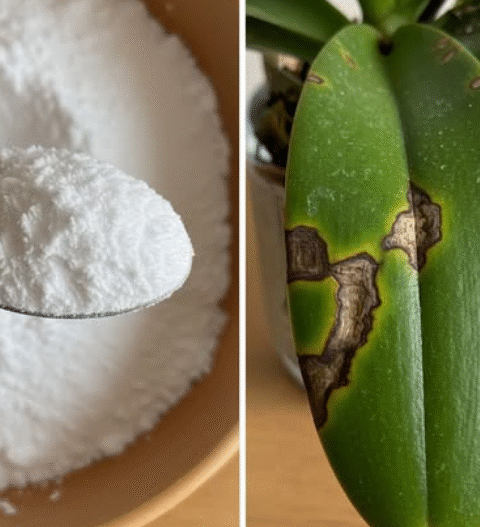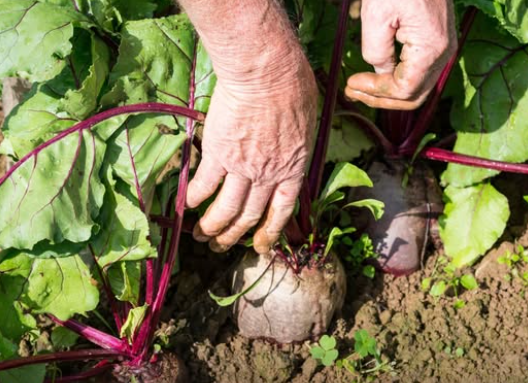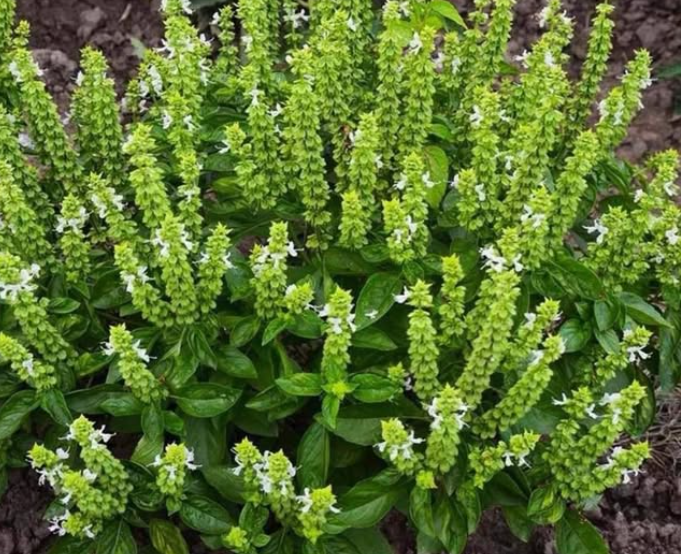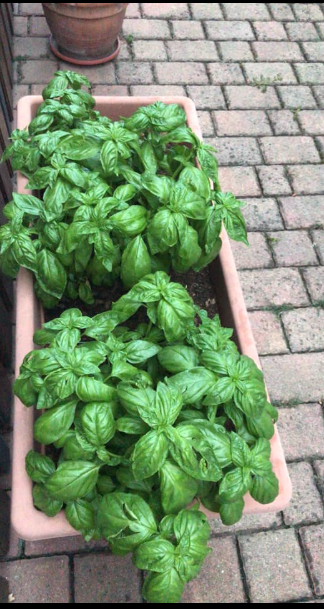How to Grow Avocados from Cuttings Using Shallots, Aloe Vera, and Natural Hormones
Avocado trees (Persea americana) are beloved by gardeners and home growers alike for their creamy, nutrient-rich fruit and lush evergreen foliage. While many start their avocado journey with seeds, this method often results in long waiting times and unpredictable fruit quality. If you want a quicker, more reliable way to grow avocados that retain the traits of a mature, fruit-bearing tree, propagation from cuttings is your best bet.
In this comprehensive guide, we will explore a natural method for growing avocados from cuttings using shallots, aloe vera, sand, and natural tea-based hormones. This eco-friendly approach avoids synthetic chemicals and encourages strong, healthy root development. 🌱🥑
Why Propagate Avocados from Cuttings?
Unlike growing from seed, which can take up to 10 years before yielding fruit (and might not produce quality fruit at all), cuttings come from mature, productive trees. This means you can enjoy homegrown avocados in as little as 2-3 years.
Advantages of This Method
- ✅ Preserves the traits of the parent tree
- ✅ Faster fruiting compared to seed propagation
- ✅ Reduces the risk of genetic variation
- ✅ Uses all-natural rooting stimulants
- ✅ Avoids synthetic chemical hormones
Step-by-Step Guide to Growing Avocados from Cuttings
Step 1: Select and Prepare the Cutting
Choose a healthy, disease-free branch from a mature avocado tree. Using clean, sharp pruning shears, make a diagonal cut 6-8 inches long. The angle increases surface area for rooting. Remove all leaves from the lower half of the cutting, leaving just one or two young leaves at the top to maintain photosynthesis without excessive moisture loss.
Step 2: Treat the Cutting with Shallots 🧅
Shallots (or red onions) are rich in allicin and other antimicrobial compounds that protect plant tissue from fungal and bacterial infections. They also contain mild growth-stimulating properties. Crush 1-2 shallots and rub their juice onto the bottom portion of the cutting, focusing on the nodes where roots are most likely to form. Let the juice absorb for a few minutes.
Step 3: Apply Aloe Vera Gel 🌿
Aloe vera is a natural rooting booster containing vitamins, enzymes, and plant hormones such as gibberellins and auxins. These promote rapid root initiation and protect against rot. Slice a fresh aloe vera leaf, scoop out the gel, and coat the treated end of your cutting. Allow it to sit for 5 minutes before the next step.
Step 4: Use Natural Tea-Based Hormones 🍵
Brewing a strong tea from willow bark or chamomile can provide natural rooting hormones. Willow bark contains salicylic acid and indolebutyric acid (IBA), while chamomile has antifungal benefits. Dip the cutting in this cooled tea solution to encourage root development.
Step 5: Planting in Sand for Root Health
Fill a small pot with coarse sand or a sand-compost mix. Sand allows excellent drainage, preventing waterlogged conditions that could cause root rot. Insert the treated cutting about 2-3 inches deep and gently firm the sand around it.
Step 6: Create a Mini Greenhouse Effect 🌱
Cover the pot with a clear plastic bag or dome to maintain humidity. Place it in bright, indirect light. Check moisture daily, keeping the sand damp but not soggy.
Step 7: Transplanting
Roots should form in 4-8 weeks. Once new leaves emerge and you see roots through the pot drainage holes, transplant into nutrient-rich potting soil. Gradually acclimate the plant to outdoor conditions.
Expert Insights
Dr. Leila Nour, Plant Physiology Specialist, notes: “Using natural stimulants like shallots and aloe vera not only supports root growth but also reduces the risk of chemical residue in edible crops.”
Prof. Mark Benson, Horticulture Expert, adds: “Cuttings grown with proper sanitation and natural hormones often root faster and have stronger resistance to soil pathogens.”
Nutritional and Health Benefits of Avocados
| Nutrient | Amount (per 100g) | Health Benefits |
|---|---|---|
| Monounsaturated Fats | 10g | Supports heart health ❤️ |
| Vitamin K | 21 mcg | Bone health and blood clotting |
| Vitamin E | 2.1 mg | Powerful antioxidant |
| Potassium | 485 mg | Maintains healthy blood pressure |
| Fiber | 6.7 g | Improves digestion |
Top 10 FAQs About Growing Avocados from Cuttings
- Can I grow avocados indoors from cuttings? Yes, but they will need bright light and sufficient humidity.
- How long before my cutting produces fruit? Typically 2-3 years with proper care.
- Do I need rooting powder? Not if using natural stimulants like shallots and aloe vera.
- Can I plant directly in soil instead of sand? Sand is preferred initially for better drainage.
- Will all avocado varieties root from cuttings? Some root more easily; Hass and Fuerte varieties are popular choices.
- Should I fertilize my cutting? Not until strong roots develop, to avoid stress.
- How do I prevent mold? Maintain airflow and avoid excessive moisture.
- When is the best time to take cuttings? Late spring or early summer.
- Can I use onion instead of shallots? Yes, though shallots have a milder, more balanced composition.
- Do I need to prune my new plant? Light pruning can encourage bushier growth.
By following this all-natural approach, you can enjoy the satisfaction of propagating your own avocado trees while embracing eco-friendly gardening techniques. 🥑🌿






